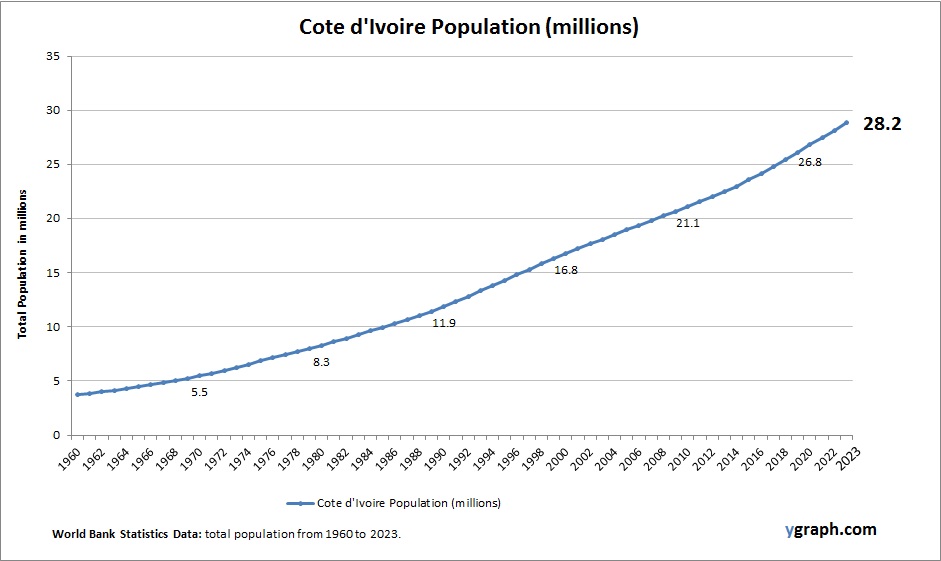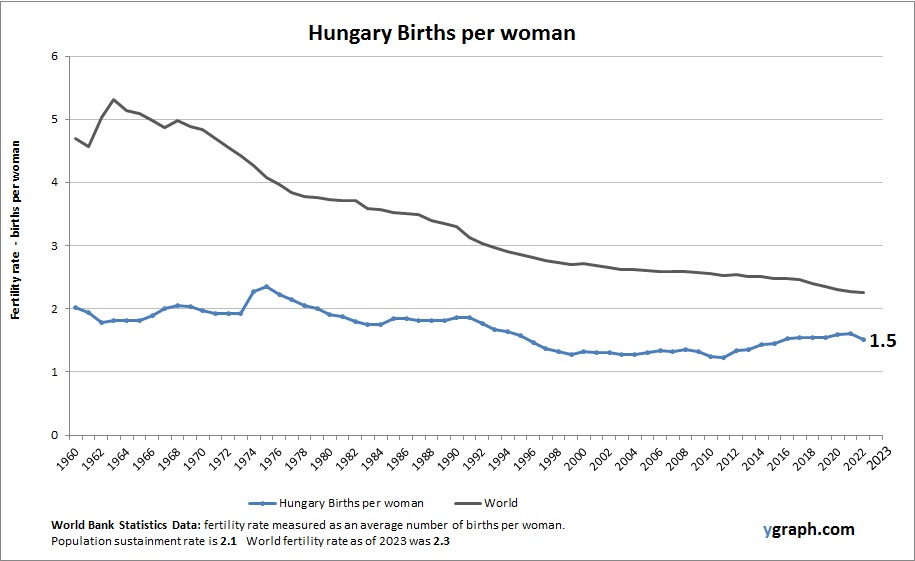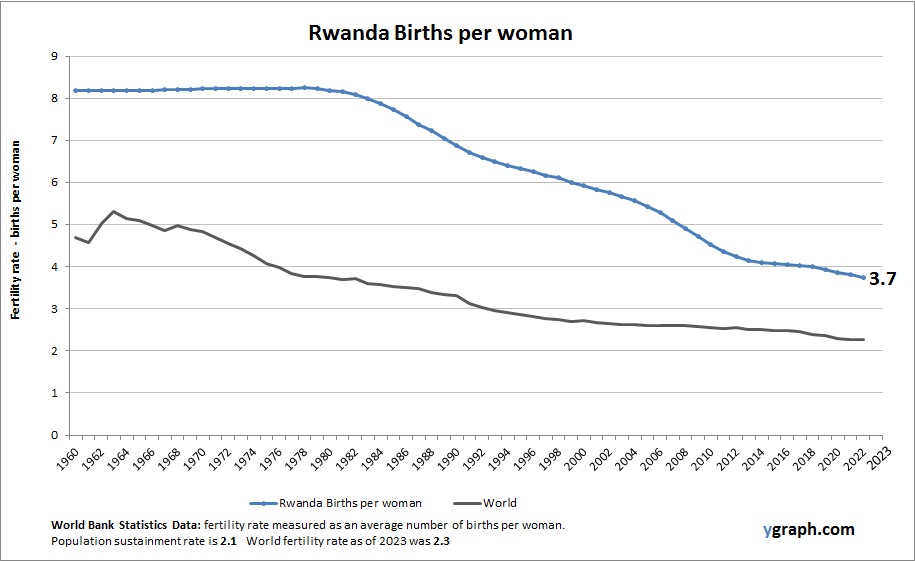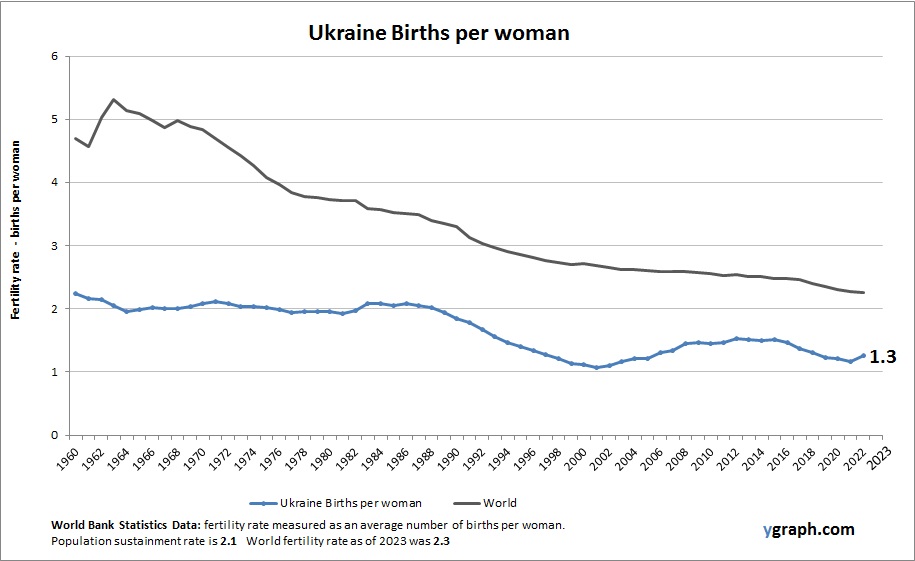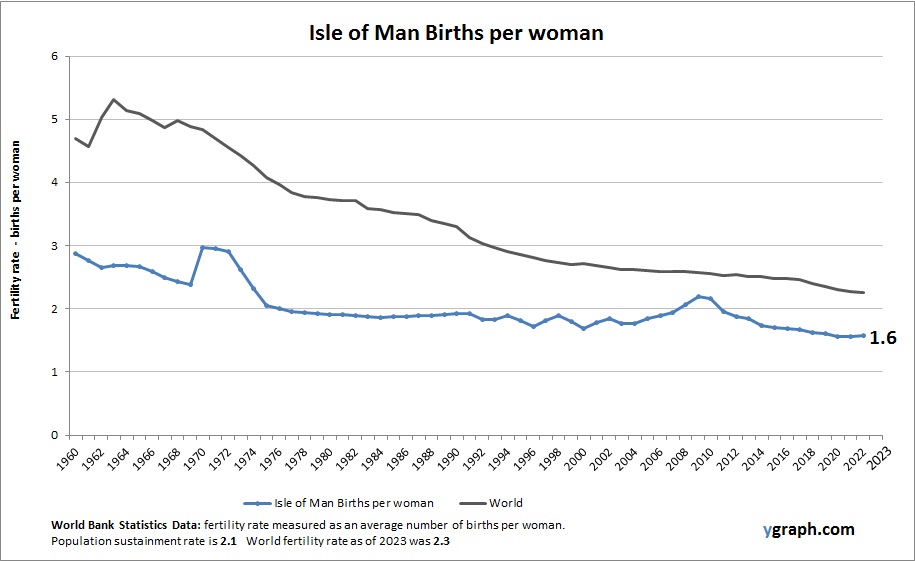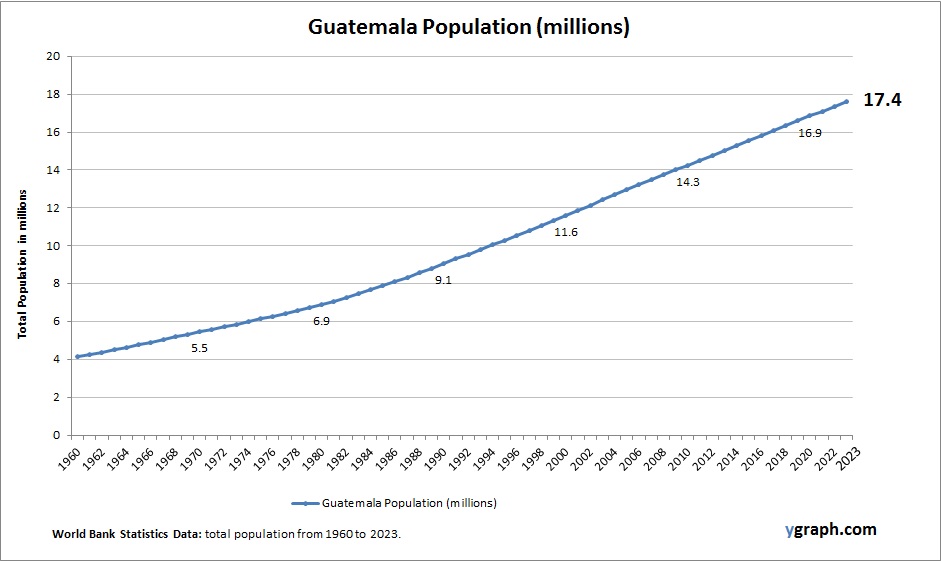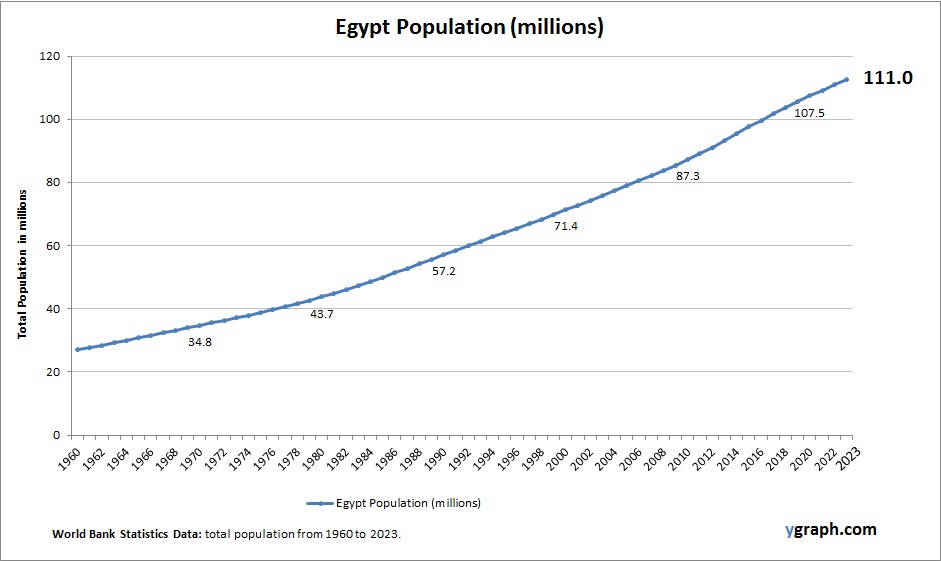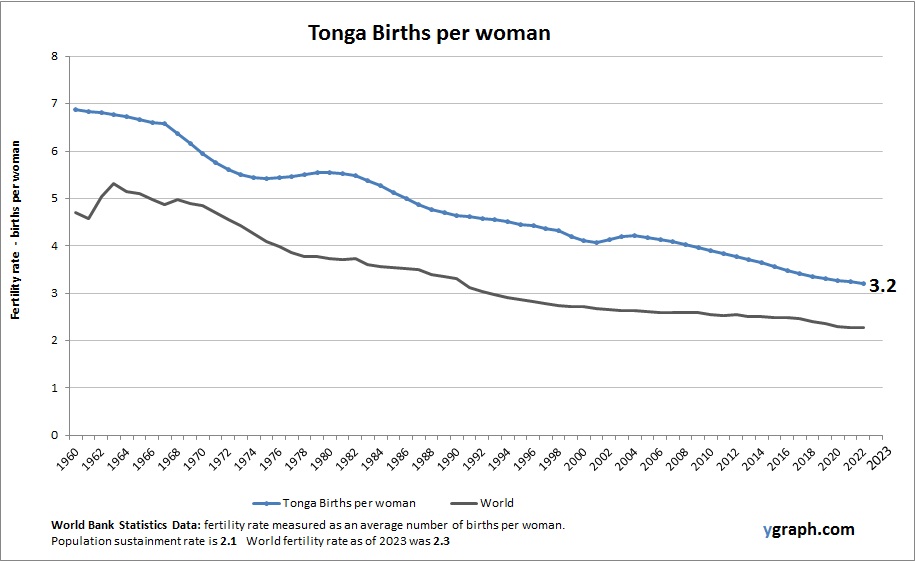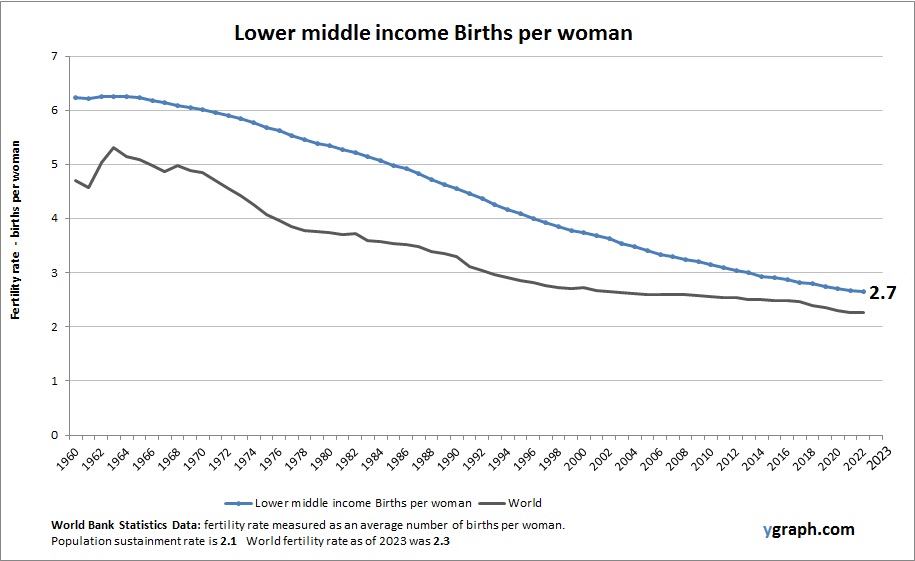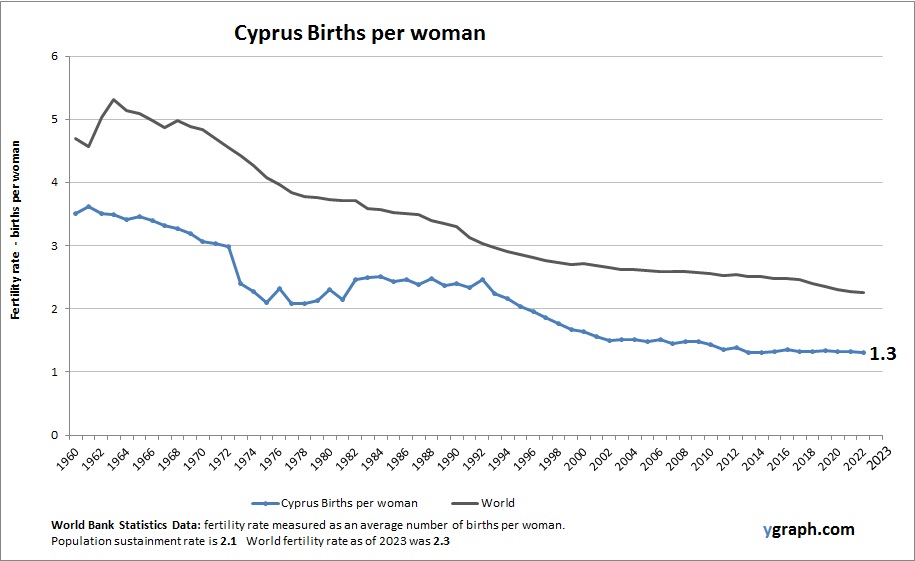This diagram presents Cote d Ivoire Population. The country statistics are compiled by World Bank. Based on the latest available information for Cote d Ivoire.
Côte d’Ivoire has a rapidly growing population driven by high fertility rates and a youthful age structure. Urban areas like Abidjan are expanding quickly, impacting infrastructure and social services. Economic development and improved healthcare access are shaping demographic transitions, though growth remains strong.
